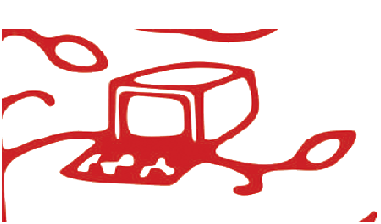
Craftspersons/ Artisanal, Education/Learning, Sustainability, Sustainable Devt.
Education and Identity for Indigenous Oaxacan Artisans
Sturm, Robert
Issue 06,Autumn 2020
Issue #006, Autumn, 2020 ISSN: 2581- 9410
There are many ways in which education can support the personal and creative development of traditional artisans. In this article, we will focus on how these experiences can expand an artist’s view of himself in the world and the possibilities for innovation and self-expression. Education can remove perceptual limits created by limited knowledge of what exists beyond the village and imposed by outsiders’ ideas about indigenous artisans and how to define and evaluate their work.
Oaxaca is known around the world as a center of folk art and craft. The state’s sixteen indigenous ethnic groups make up a significant portion of the population and the majority of traditional artisans. The three artisans whose stories we will examine here are all Zapotec and come from traditional villages.
In Oaxaca, it is common for villages to be known for a specific craft, and in these villages one can find hundreds or even thousands of individuals who work in the medium and style for which the village is known. While there are subtle differences in the use of color and motif among the artisans of a village, the primary differences between artisans are found in the quality and subtlety of their work, rather than the use of dramatically different materials, techniques or motifs. A relatively small number of artisans have made the decision to innovate in ways that significantly and often dramatically distinguish their work from that of their neig...
This is a preview. To access all the essays on the Global InCH Journal a modest subscription cost is being levied to cover costs of hosting, editing, peer reviewing etc. To subscribe, Click Here.
ALSO SEE
Framing the Fluid Multiple Perspectives on Bhar...
Johar, Navtej
The Cultural Diversity Umbrella
Jongeward, Carolyn



